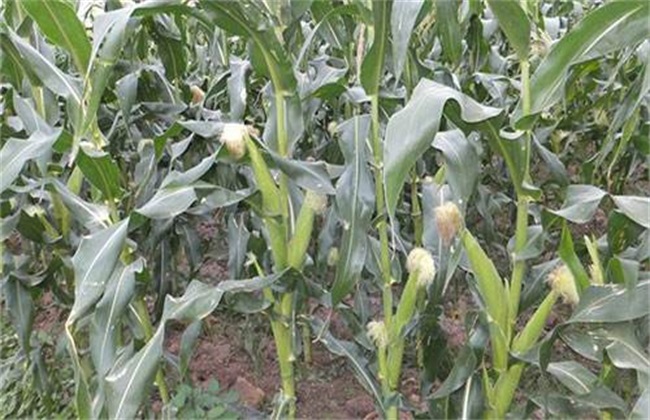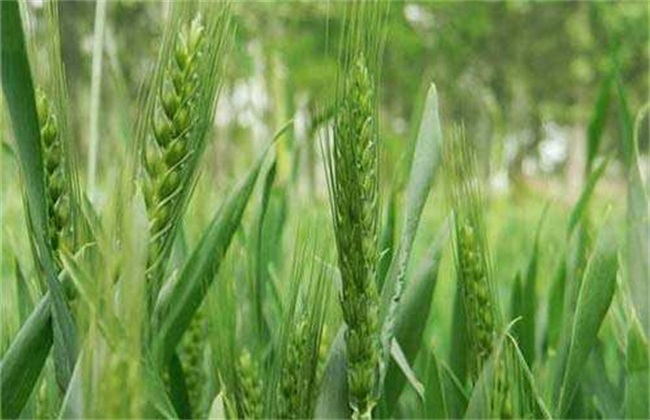What happened to the abnormal grain filling of corn?
As one of the most important food crops in China, corn is planted in most areas of our country. When planting corn, it is inevitable to encounter many problems, the most common of which is that ear baldness and grain deficiency can lead to abnormal grain filling, which seriously affect the yield of corn and reduce planting efficiency. So what is the abnormal grain filling of corn? Today, the editor will give you a brief introduction. Let's take a look at it.

1. Variety reasons
The abnormal grain filling of corn may be caused by variety. Because there are many maize varieties themselves are prone to abnormal filling, which is mainly caused by the genetic factors of the seeds themselves. It belongs to congenital filling abnormalities, such as the fading of hybrid characteristics, metabolic disorders, etc., or the congenital transport tissue in the seed is blocked, unable to loosen nutrition to the ear in time. As a result, the ear does not have sufficient nutrition and can not be filled normally, resulting in a variety of abnormal filling phenomena, such as bald tip of ear, lack of grains and so on.
2. the reason of fertilizer and water.
When sowing corn, if the soil moisture is too poor, it will affect the germination and emergence of corn seeds. As a result, the emergence of maize seeds is irregular, and the big seedlings seize the growth and nutrition of the small seedlings, and the small seedlings will appear the phenomena of not full grains, bald tip empty culms and so on. If there is a lack of fertilizer and water in the period of female ear differentiation, it will affect the photosynthesis of maize, lead to insufficient accumulation of organic matter, and affect the development of ear. In addition, if the partial application of nitrogen fertilizer does not pay attention to potash fertilizer, it will cause excessive vegetative growth, excessive nutrient consumption and abnormal grain filling.
3. High temperature and drought
Corn is a crop that likes to grow in a warm environment. In the booting stage and pollination stage of corn, the optimum temperature should be about 28 degrees, and the soil water content in the field should be kept at about 75%. The female ear blossoms the most at 25 degrees and 75% humidity. If the temperature is too high and the soil is short of water, it will hinder the nutrient absorption of maize roots and affect the differentiation of male and female ears of maize. Especially in the period from the trumpet stage to the pre-heading period, it is the time when the water demand of corn is the greatest. At this time, if the temperature and drought are high, it will reduce the vitality of pollen, lead to rare flowering, and prone to various abnormal filling phenomena.
4. Top advantage
The male ear of maize is mainly formed by the development of the terminal bud of maize plant, and its growth is relatively strong. Under normal circumstances, the differentiation time of male ear in maize is about one week earlier than that of female ear. On the other hand, the female ear is developed through axillary buds, and its growth is naturally weaker than that of the male ear. If the external environmental conditions affect the growth of maize, then the male ear will inhibit the growth of the female ear. The male ear will also make use of the apical advantage to absorb a large amount of nutrition to the top, resulting in empty stalks and grains in the female panicle due to malnutrition.
The above is a brief introduction to the abnormal grain filling of corn. That's all for today's introduction. This article is for reference only. I hope it can help you all.
Related
- The first cup of black tea in spring, the flavor and history of tea gardens in Kenya, Africa
- The computer can not only choose potatoes, but also grow tea rice. AI will grow winter oolong tea champion.
- It is not only the inflated tea bitten by insects, but also engraved with the four seasons tea in Beipu.
- The Oriental Beauty Tea Festival in Zhuxian County takes the stage at the weekend to experience the plus-size feast of oil tea.
- & quot; Oriental Beauty Tea & Exploration of Emei in Hsinchu, the hometown of quot;
- The new variety of strawberry "Tainong 1" dessert is the first choice with mellow aroma. Crimson gorgeous
- History of Tea in Taiwan: from Wild Inner Mountain to Export Tea Garden
- Two types of Taiwan Oriental Beauty Black Tea won the British three-Star Award for Childhood Tea Xiang Zhang Jiaqi changed from pilot to champion tea maker.
- Banana species and varieties: the planting history of Taiwan Xianren banana and dwarf banana is long, is banana disease resistant?
- Coffee planting Technology: Qianjie Coffee from Seedling to harvesting



